Design Thinking: Speed is Everything
 As an approach, Design Thinking (DT) may help to innovate services and products. Using a combination of immersive understanding of users’ need, rapid prototyping, and abductive reasoning, this approach may result in the best possible solution. It is a fact that entrepreneurs and business owners have to think fast to survive today in a fiercely competitive environment. Being spontaneous is a natural instinct of them. With the pace at which the society progresses, companies have to do whatever it takes to stay relevant. At the empathy stage of design thinking, real voice of the users (VOU) is identified and recorded. VOU in general can be categorized in to three related silos for its easy understanding.
As an approach, Design Thinking (DT) may help to innovate services and products. Using a combination of immersive understanding of users’ need, rapid prototyping, and abductive reasoning, this approach may result in the best possible solution. It is a fact that entrepreneurs and business owners have to think fast to survive today in a fiercely competitive environment. Being spontaneous is a natural instinct of them. With the pace at which the society progresses, companies have to do whatever it takes to stay relevant. At the empathy stage of design thinking, real voice of the users (VOU) is identified and recorded. VOU in general can be categorized in to three related silos for its easy understanding.
- CTQ - Critical to Quality
- CTC - Critical to Cost
- CTS - Critical to Speed
In the previous articles, the Author has explained the importance of CTQ and CTC and this article focuses on Critical To Speed (CTS) in doing business. At the outset, it is important to review why speed is critical to business. There are four main reasons for companies to focus on the speed of doing business.
The fast swallows the slow
With the speed at which business moves, keeping up is a constant task that never gets easier. If the company cannot keep up and progress swiftly, competitors will not hesitate to leave your company in the dust if you cannot think on your feet. As Jeff Lerner, owner and CEO of Xurli, says, “In a world where everything is moving rapidly, simply being the fast is not enough; you have to be faster than anyone and everyone”.
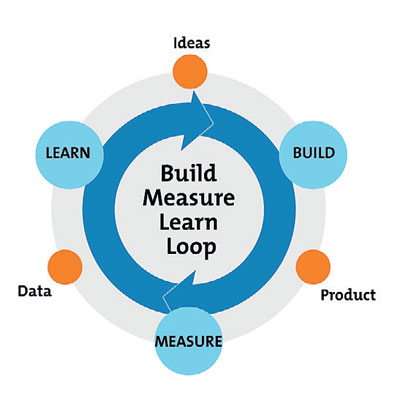
Consumers love it
All of us live in an age of near-instant gratification, where consumers do not patiently wait for next big thing. It is evident from the number of phone releases that take place annually. Every year, like clockwork, we see a new iPhone, a new galaxy, a new everything. People simply are not satisfied with the status quo; they want something beyond immediately. The faster you learn the faster you evolve As companies learn to move quickly, they naturally evolve faster than ever to the point of near – exponential growth. Knowledge and skills determine the speed of doing business and how quickly one can grasp the new development in the industry.
It creates a culture of speed
Once you learn to move quickly and maintain speed, a culture of speed naturally forms, where standards for speed are just as higher than expectations of consumers. No company in any industry can expect to get ahead with a slow culture: entrepreneurship is all about moving forward and pushing innovation forward.
Strategies to speed up the business
Business today is moving faster than ever, and leadership must accelerate work processes in order to stay competitive. (Renee Coulombe, 2018). Hence it is important to design all business processes to deliver products and services fast to make users satisfied.
Design and Development: Lean startups
The lean startup provides a scientific approach to create and manage startups and get desired product to customers’ hands faster. A core component of lean startup methodology is the build –measure –learn feedback loop. The first step is figuring out the problem that needs to be solved and then developing a minimum viable product (MVP) to begin the process of learning as quickly as possible. Design thinking approach with the constant dialogue with the user will help designers to launch the product mush faster than your competitors.
Processing and Delivery: Lead Time Reduction
Once the product is designed and developed the next step is to produce in bulk at commercial level. Time taken for receiving materials from suppliers, processing the order and shipping makes the total leadtime to deliver a product to the user level. Currently, lead-time is termed as time line: the total time taken from receiving the order until it is delivered to the buyer and get the cashed in. Eliminating productivity killers (Non value added activities – wastes) is the main strategy to reduce timeline and to speed up the processing time.
Teardown Silos Between Teams: Increase Transparency and Accountability:
Knowing the online status of work progress and dependencies between teams across the office or factory with a centralized work execution platform contribute to eliminate silos between teams. Flatarchy organizational structure and online meetings of teams make decision-making process more productive and fast. Keeping team members aligned and accountable with a performance dashboard that allows real-time collaboration leads to speed up all operations in the business. Increasing speed means new products and product features come to market at an amazing rate, copying is almost immediate, everything you rely on seems to become obsolete, and large well-established businesses routinely lose out to faster moving startups. Firms like Kodak, Xerox, Sears, Blockbuster, and RadioShack that once dominated their industry are now but a shadow of their former selves as a result of becoming bloated and slow.
For More info: [email protected]
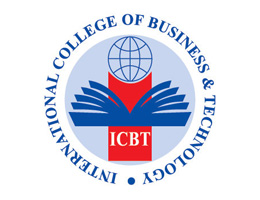
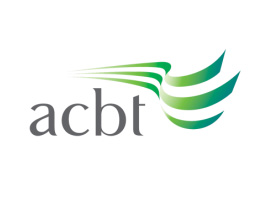
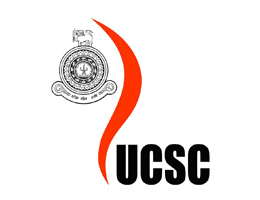


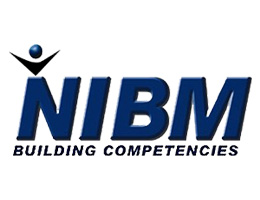





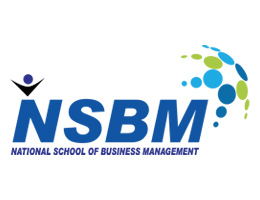





























.jpg)
.jpg)
.jpg)
.jpg)
.jpg)
.jpg)
